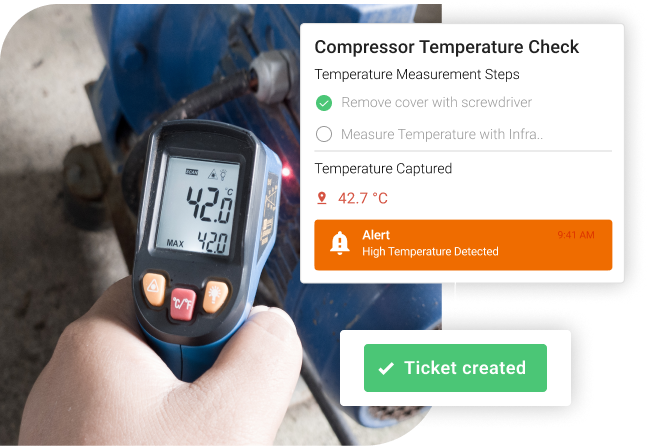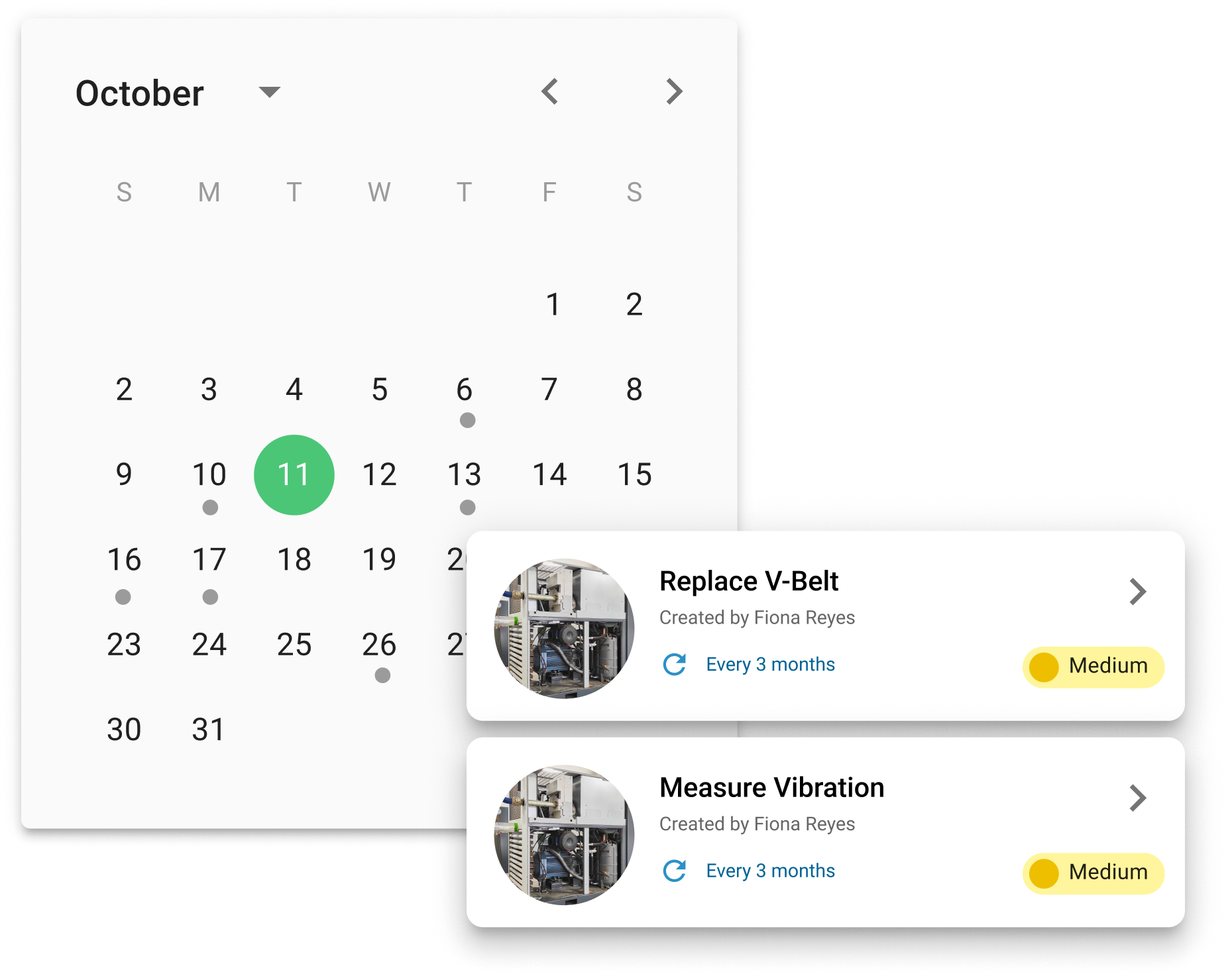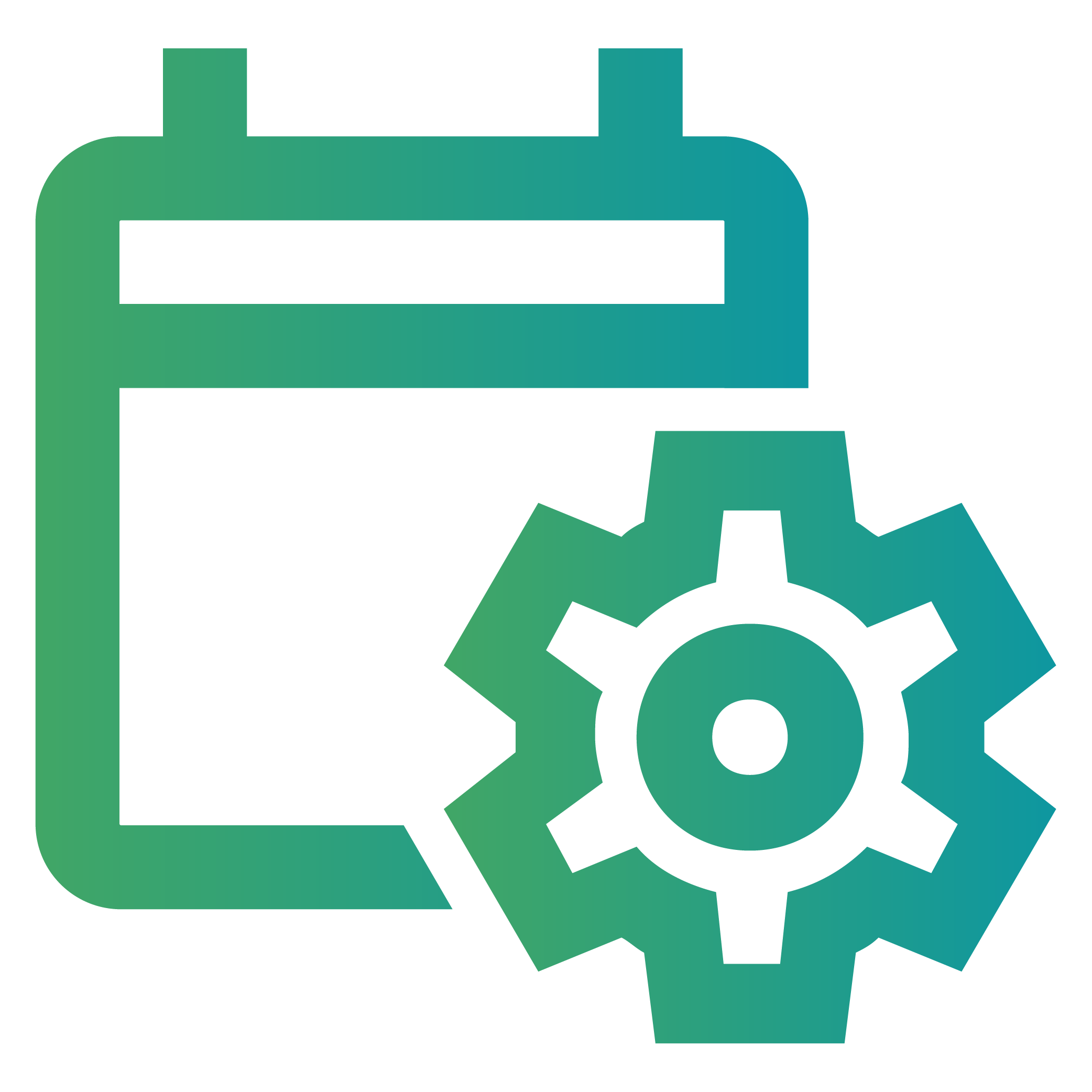osapiens HUB for Maintenance
Automate your preventive maintenance


2 Years
of Extended Asset Lifespan. By scheduling preventive maintenance and monitoring performance. You can address small issues before they become big problems.

What is Preventive Maintenance?
Preventive maintenance is a proactive maintenance strategy designed to prevent unexpected equipment failures through scheduled inspections, servicing, and repairs based on time-based triggers (calendar schedules), usage-based triggers (operating hours, production cycles), or condition-based indicators (meter readings, sensor data). Modern computerized maintenance management systems (CMMS) like the osapiens HUB for Maintenance automate this process by monitoring your critical assets, triggering work orders automatically, and ensuring no task falls through the cracks – resulting in reduced unplanned downtime, extended asset lifespan, and maintenance teams that focus on strategic improvements rather than emergency repairs.

Be Proactive, Not Reactive: Build an Effective Preventive Maintenance Strategy
A well-structured preventive maintenance plan shifts your maintenance team from firefighting to strategic execution, catching issues before they escalate into costly failures. The osapiens HUB for Maintenance enables you to create recurring maintenance tasks based on time intervals, meter readings, or operating hours. Planning and scheduling becomes straightforward with automated work order generation that assigns tasks to qualified technicians and provides mobile access to detailed checklists.
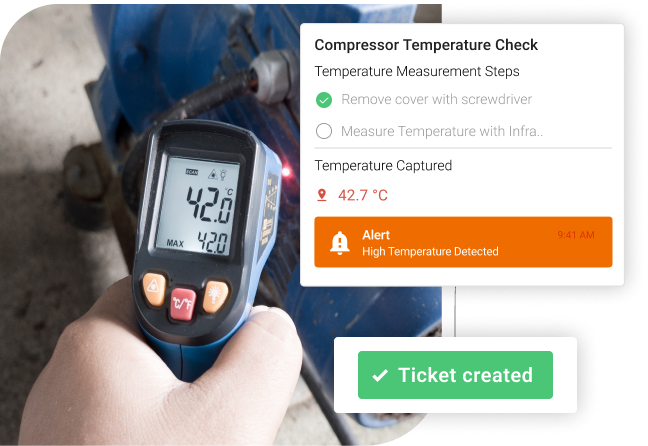
Automated Corrective Actions and Condition-Based Maintenance
When an inspection reveals a problem or a maintenance task fails, the osapiens HUB for Maintenance automates the response:
- Instant work order generation: Repair tasks are triggered automatically when issues are detected
- Minimal response time: Reduces the gap between problem identification and resolution
Condition-based maintenance monitors critical assets through real-time data:
- Intelligent monitoring: Tracks assets through meter readings and sensor data
- Adaptive processes: Maintenance schedules adjust to actual equipment condition instead of fixed intervals
Track Progress and Measure Effectiveness
Monitor preventive maintenance tasks in real time and track their completion rates through comprehensive dashboards. The osapiens HUB for Maintenance provides detailed analytics that measure your maintenance program's success, comparing planned vs. unplanned maintenance and identifying areas for improvement. Use these insights to optimize your preventive maintenance schedule and reduce equipment downtime systematically.
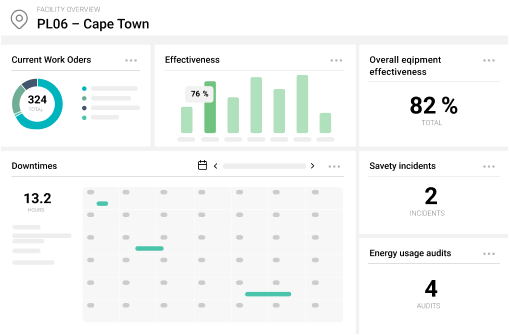
Efficiently Manage Parts and Resources
Link preventive maintenance tasks with parts inventory and set up workflows to reorder parts when stock runs low. The osapiens HUB for Maintenance ensures you always have the necessary resources on hand, minimizing delays and keeping maintenance on schedule. Spare Parts and Inventory management integrates directly with work orders, tracking which components are used for each task and automatically updating stock levels.
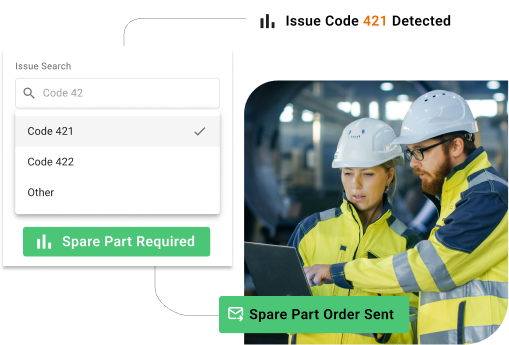
How Grupo Agora manages preventive maintenance with osapiens HUB

Grupo Agora, Spain's oldest brewing group, uses the osapiens HUB for Maintenance to implement mobile preventive maintenance tasks across their production facilities, ensuring equipment reliability and reducing unplanned downtime through automated scheduling and real-time tracking.
Learn more about osapiens HUB for Maintenance
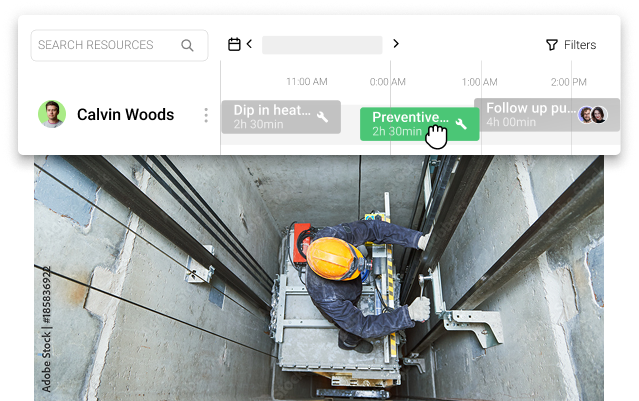
Benefits of Preventive Maintenance Software
Implementing preventive maintenance software transforms how maintenance teams operate. Organizations using CMMS platforms report on average 32 % fewer emergency breakdowns, allowing technicians to focus on hands-on work rather than paperwork.
The osapiens HUB for Maintenance delivers measurable improvements: extended asset lifespan through consistent scheduled care, cost predictability by shifting spending from emergency repairs to planned activities, and effortless compliance documentation with automatic audit trails for all maintenance tasks and inspections.
FAQ
What is preventive maintenance, and how does it prevent costly repairs?
Preventive maintenance work includes scheduled inspections, routine servicing, component replacements, lubrication, cleaning, and adjustments performed before equipment fails. A preventive maintenance plan typically consists of time-based tasks (weekly, monthly, quarterly) or usage-based tasks triggered by operating hours or production cycles. The osapiens HUB for Maintenance automates these schedules and ensures each task includes detailed checklists, required parts lists, and safety procedures – helping you avoid costly emergency repairs.
What are the four types of preventive maintenance?
The four main types are: Time-based maintenance (scheduled at regular intervals), usage-based maintenance (triggered by operating hours or cycles), condition-based maintenance (initiated when performance indicators reach thresholds), and prescriptive maintenance (using predictive maintenance analytics and predictive maintenance programs to recommend optimal intervention timing). The osapiens HUB supports all four types, including reliability centered maintenance approaches, allowing organizations to apply the most effective strategy for each asset.
How does a computerized maintenance management system support maintenance tasks?
A preventive maintenance system integrates scheduling (determining when maintenance tasks should occur), execution (performed by your maintenance technician team according to standardized procedures), and documentation (recording completed work and parts used). The osapiens HUB for Maintenance ensures nothing falls through the cracks and provides complete visibility into your preventive maintenance processes while helping control maintenance costs.
How does planned maintenance prevent unexpected equipment failures?
Planned maintenance strategies systematically address critical equipment needs before breakdowns occur. The osapiens HUB for Maintenance creates automated schedules for each machine based on manufacturer recommendations, historical performance data, and operational requirements. This approach empowers your maintenance team to work proactively, catching potential issues during routine inspections before they escalate into production-stopping failures – helping extend asset life across your entire facility.
